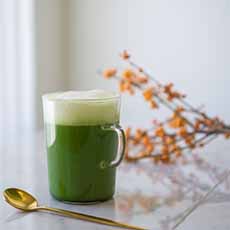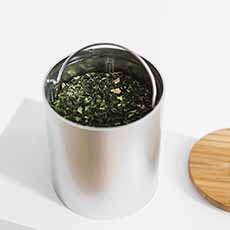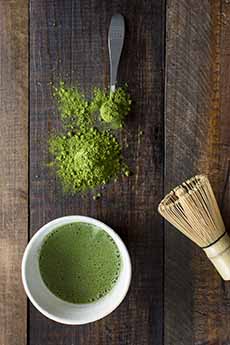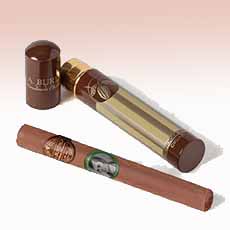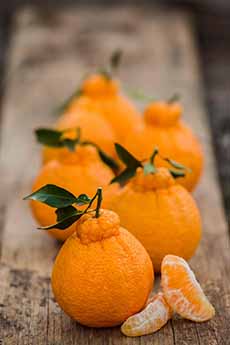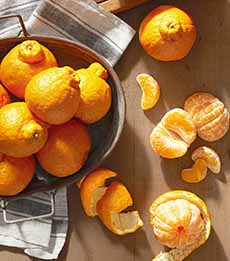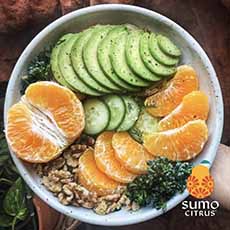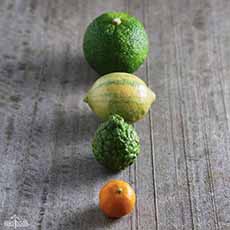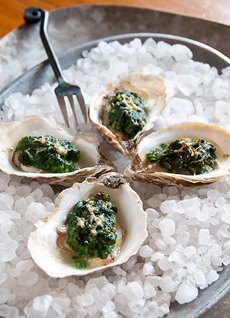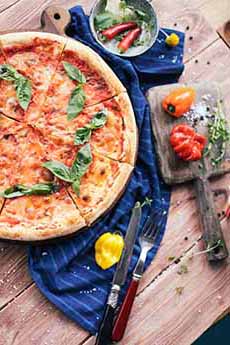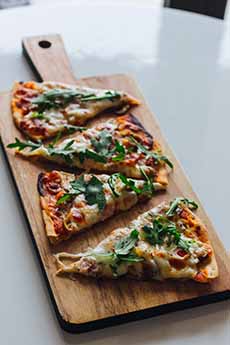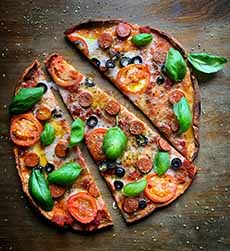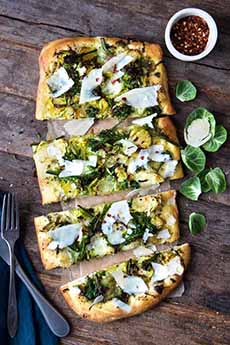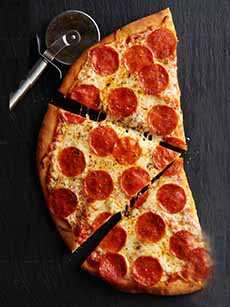|
October is National Hot Tea Month, and January 12th is National Hot Tea Day.
We love tea, and have brewed it every which way: from tea bagas to tea ball infusers for loose tea, from a whistling tea kettle to electric kettles, from and the Cuisinart TEA electric brewer and the fancy Breville tea maker.
Every so often we come across a niche product that’s really interesting.
But, we think, how many of these can they sell?
In the case of the Cuzen Matcha Maker, it depends on how many matcha tea lovers have $369 and space on the kitchen counter.
The matcha-drinking world is all abuzz over this dedicated matcha making machine (photo #2).
It was a hit at the Consumer Electronics Show (CES) earlier this year and showered with awards‡. (Note: we have not tried the Cuzen machine.)
It takes all the effort from whisking up a cup of matcha tea (photos #5 and #6), the bright-green Japanese signature tea noted for its super-nutrient-packed green tea.
Here’s a video of traditional matcha-making.
Here’s a video of the Cuzen Matcha machine in action.
Here’s more about matcha tea.
THE HEALTH BENEFITS OF MATCHA GREEN TEA
While all tea* comes from the Camellia sinensis plant, matcha is grown differently† from other teas. The process gives it a unique nutrient profile.
Matcha, which comprises tea leaves ground into a powder, has more catechins and antioxidants than steeping a cup of green tea from leaves.
Here’s a chart that compares the nutritional profile of matcha versus brewed green tea leaves.
Catechins are the antioxidant compounds that are found in tea. The caffeine level is higher, too; it’s similar to coffee.
Antioxidants help stabilize harmful free radicals—the compounds that can damage cells and cause chronic diseases.
In addition to antioxidants, some studies have found that the antioxidants in matcha boost brain function, may help protect the liver, may help prevent cancer, may promote heart health, lower blood pressure, lower cholesterol, and actually help with weight loss. Here are the details.
By one estimate, the number of certain catechins in matcha is up to 137 times greater than in other types of green tea [source].
That’s why some people who are focused on health and nutrition drink lots of matcha.
And any green tea lover will appreciate its unique flavor and frothiness.
Matcha is sweeter and creamier than regular green tea—and sometimes a bit grassy.
More people would make matcha at home if it didn’t involve a substantial amount of whisking the fine green powder into a froth.
WHY DO YOU NEED A SPECIAL MACHINE?
For thousands of years, matcha tea has been a powder, ground from a particular type of tea leaf from Japan. Crafting the powder involves precise measurements, sifting and rapid flicks of a bamboo whisk to create the right froth (photo #6).
Cuzen Matcha does it all, with a clever magnetic whisk (at the bottom of the cup in photo #2) that does all the labor. We found that hand-whisking was fun the first couple of times, then became tiresome.
With Cuzen Matcha, just add pre-measured packets of organic tea leaves into the machine (photo #5), where they’ll be ground and whisked into your cup of hot water in 90 seconds. (A bonus is the aroma wafting from the freshly-ground leaves.)
The only cleanup is a quick rinse of the cup and the whisk.
With a Cruzen Matcha machine, you can:
Enjoy a cup of hot matcha with ease.
Make a matcha latte or an iced matcha latte.
You use the ground leaves for baking or other drinks.
The downside is that this is a new product. If the company doesn’t get enough customers, it is likely to disband. The machine will still work, but you may not be able to find the un-ground matcha leaves (photo #4).
You’ll still be able to use the machine to whisk matcha powder—which is an easy way to prepare matcha, but may not merit a dedicated appliance.
You could certainly try grinding other types of tea leaves and whisking them into a froth.
Every day is a food adventure!
> HEAD TO CUZENMATCHA.COM to learn more and purchase a machine.
MORE MATCHA
More Uses For Matcha Tea Powder
Make A Matcha Latte
Make An Iced Matcha Latte
Bake Matcha Shortbread Cookies
> THE HISTORY OF TEA
> THE DIFFERENT TYPES OF TEA
________________
*This refers to conventional black, green and white teas. Herbal teas, which are brewed from many different plants but not Camellia sinensis, are not included in this analogy, although each has its own nutrient profile and health benefit(s).
†The tea plants are covered to avoid direct sunlight, for 20–30 days before harvest. This increases chlorophyll production and boosts the amino acid content. The leaves are harvested, the stems and veins are removed and the leaves are then ground into the fine powder known as matcha.
‡In 2020 the Cuzen Machine was named to TIME magazine’s list of the 100 Best Inventions of 2020, won the Future of Foods Award at San Francisco Design Week Awards 2020, was a CES 2020 Innovation Awards Honoree, and was longlisted for the 2020 Dezeen Awards.
|
